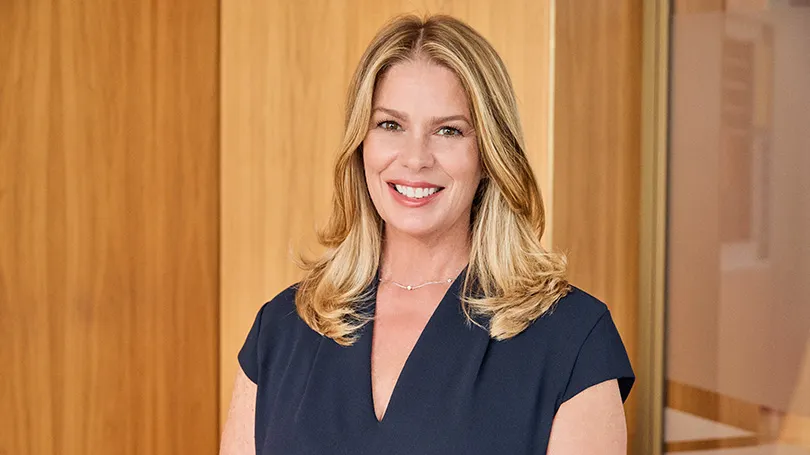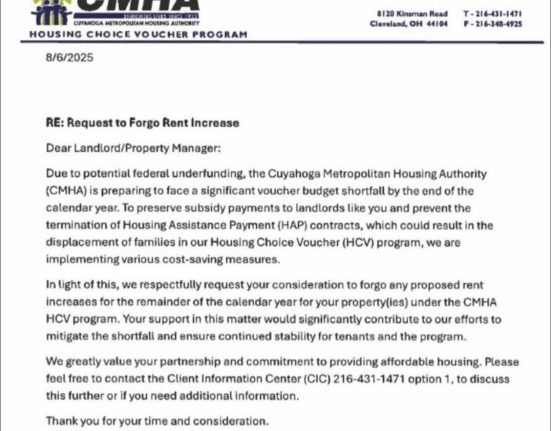With Wells Fargo freed from its asset cap, the lender’s government banking team is squarely focused on growing both its client base and deepening its relationships with those customers.
“Our limitations are behind us,” said Elena Gallo, head of the government banking unit within Wells’ commercial bank, in a recent interview. “The team feels that lightness about them.”
In June, the Federal Reserve lifted the $1.95 trillion asset cap the bank had operated under since 2018. The cap was tied to the lender’s 2016 fake-accounts scandal, in which the bank’s employees opened millions of fake customer accounts to meet sales targets. Now, the bank is gunning for growth, and executives have said there are opportunities to do so in each of the bank’s businesses.
Wells Fargo’s government banking team serves about 3,000 clients in 43 states and Washington, D.C. The San Francisco-based bank serves clients across the spectrum, from the smallest villages to the state of California, said Gallo, who took the helm of the team last October.

Elena Gallo
Permission granted by Wells Fargo
Gallo’s team delivers global payments and liquidity services, which covers payables and receivables – government clients paying vendors and employees, and constituents paying taxes, fees and fines. The bank also uses its balance sheet for capital projects, when clients need loans, and Gallo’s team works in partnership with the bank’s public finance team.
In government banking, “we have felt it, reputationally,” Gallo said of the asset cap and the issues that prompted it. Wells Fargo CEO Charlie Scharf has referred to the growth restraint as a “cloud” or a “scarlet letter.”
On the balance sheet side, the COVID-19 pandemic “was probably one of our more difficult times,” she said. Government clients “were loaded with cash” as they received billions of dollars in pandemic relief funds from the federal government, and Wells had to be mindful of its size constraints, she said.
Proactive management by the company to keep Wells below the asset cap included identifying areas where executives requested, ‘Please make your business smaller,’” Scharf said last year.
For Gallo, the experience underscored the importance of strong ties with clients, maintaining those relationships “during a difficult time.”
Freed from the cap, Wells now seeks to grow retail and commercial deposits, Scharf has said, and growth there could fund expansion of other businesses. The lender declined to specify how big the government banking segment is for the company.
“The biggest challenge for WFC’s senior management team is going to be the pivot from focusing on fixing the regulatory problems to growing the bank,” RBC Capital Markets analyst Gerard Cassidy wrote in a Monday note. “Over the next 12-24 months, management will need to transition away from the self-help story over the past six years to a growth story.”
Gallo’s team seeks to build on the lender’s current momentum. In government banking, relationship managers “want to be able to bring the full bank solution to their clients, and now we’re not prohibited in any way from doing that,” Gallo said.
That includes using the bank’s balance sheet and working closely with public finance partners. Whether it’s capital projects or funding to respond to natural disasters, “we’re seeing where we can really lean in and be sure to be there for them,” she said.
In Texas, for example, where population growth has exploded, government clients tend to have capital needs as they plan to build roads and schools. Additionally, as those communities expand, Wells seeks to help them respond, by facilitating easier access for constituents to make payments, for example, she said.
“How do we help them look towards becoming more efficient as this population has exploded?” she said.
Wells plans to hire relationship managers in growth markets like Texas and California, although Gallo declined to specify how many she’s looking to add to her current team of about 70 people. The average tenure of those on her team is about 15 years.
Gallo’s team is focused on meeting clients where they are — many municipalities or states have built onto antiquated enterprise resource planning or accounting systems, instead of modernizing — while working with them to adapt to technological changes prompted by evolving payment preferences.
“One of the biggest struggles I see in speaking with our clients is technology and having support for it,” she said.
Her team is spending a lot of time working with clients on their trajectories to adapt, as the growing constituencies of the largest cities favor digital wallets over checks.
“That’s critically important for us to help them get on a path for that,” Gallo said. “All clients are thinking about that” in conjunction with how their systems are set up today, as constituents increasingly prefer to transact in ways they’ve become accustomed to elsewhere.
Gallo’s team works to identify clients’ short, medium and long-term goals and tackle them in a phased manner. “Banks can offer all these great, shiny bells and whistles, but if a client can’t account for them correctly, that causes friction. It’s not efficient,” she said.
Bankers also seek to add value by helping government clients consider fraud protection measures, from moving them to a digital platform to specific measures to ward off fraud, she said.
Fraud is “one of the top things that we consult with our clients on,” she said. “Nobody wants to be a headline in the newspaper.”







